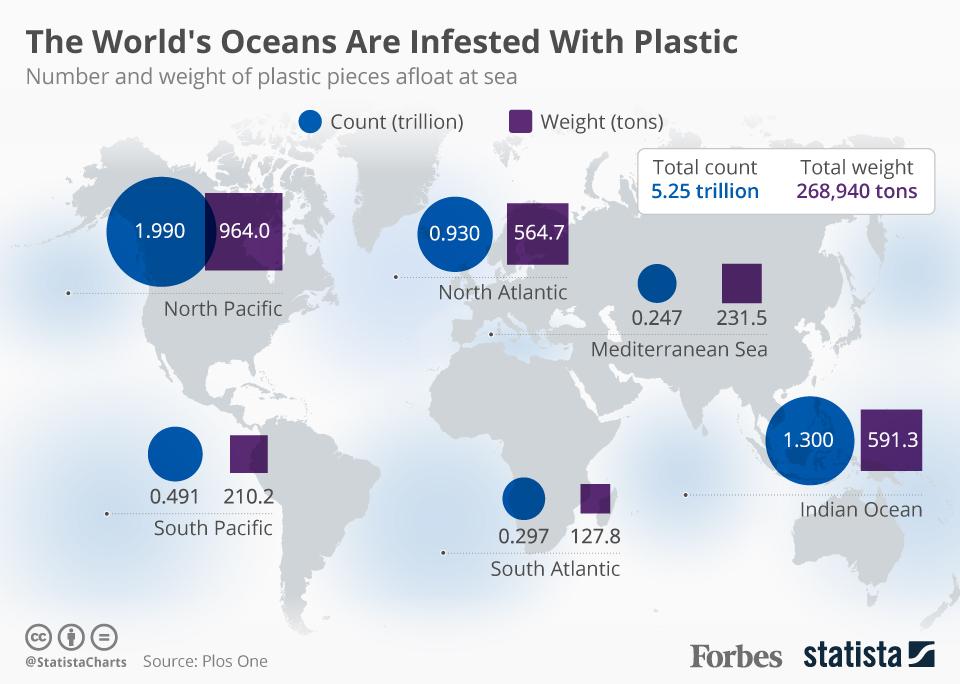More than 8.3 billion metric tonnes of plastic has been produced since 1950 according to the first major global analysis of mass-produced plastics. Nearly 80% of this plastic ended up in landfills or the environment, hurting ecosystems and human health, according to researchers from the University of California, Santa Barbara. Less than 10% was recycled while about 12% was incinerated.
Roland Geyer, a professor of industrial ecology and the study’s lead author, told the Thomson Reuters Foundation: “If you spread all of this plastic equally, ankle-deep, it would cover an area the size of Argentina.” “It is an enormous amount of material that does not biodegrade … I am very worried.” Professor Geyer said burning plastics contributes to climate change and adversely impacts human health, while build-ups of the material can hurt the broader environment. Packaging is the largest market for plastic and the petroleum-based product accelerated a global shift from reusable to single-use containers, researchers said. As a result, the share of plastics in city dumps in high and middle income countries rose to more than 10% by 2005 from less than 1% in 1960.

Unlike other materials, plastic can stay in the environment for thousands of years, Prof. Geyer said. There are more than five trillion pieces of plastic floating in the world’s oceans, according to a 2014 study published in a Public Library of Science journal. This build-up harms marine life and ecosystems on sea and land, Prof Geyer said. Researchers have said if current trends continue more than 11.7 billion metric tonnes of plastic waste will end up in the environment or landfills by 2050.
Link to: RTÉ report about micoplastic
Source: RTÉ – 2017
Related Posts

